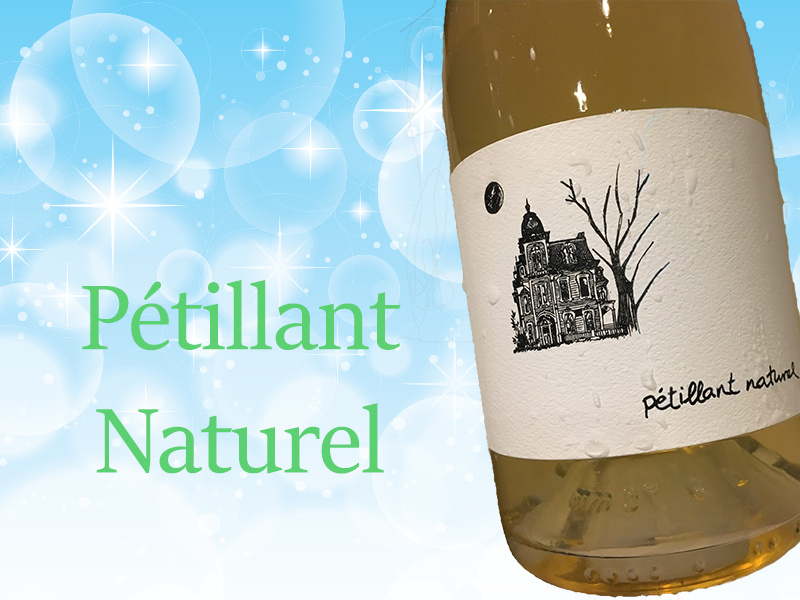What’s That Cloudiness in My Bubbly?
- Posted on
- Posted in Cabernet Franc, Colombard, Malvasia Bianca, solvenia, Virginia
- 0

While shopping the shelves of a wine shop like City Vino, you notice an intriguing bottle of sparkling wine with a crown (beer-type) cap on top. You pick up the bottle and hold it up to the light .and there is a coating of tannish residue at the bottom of the bottle. You slant the bottle a bit sideways to get a better look and the residue starts floating around in the bubbly, making the wine cloudy.
Fear not, the cloudiness provides information about the wine—especially how it was made—but it also provides flavor to the wine. The cloudiness, in this case, is a very good thing.
Wine is made by adding yeast and nutrients to grape juice pressed off the skins, or to crushed grapes. Byproducts of the resulting fermentation include alcohol, carbon dioxide, heat, and lees. Lees are the “spent” yeast cells. The yeast cells have completed their assigned task of converting the fruit sugars into alcohol, and they form a sediment that falls to the bottom of the fermentation vessel whether bin, tank, or barrel.
While fermentation is done, those lees are undergoing another process called “autolysis.” To put it succinctly, the yeast cells are digesting themselves and, in the process, they are adding what is called autolytic flavors to the wine as they sit in contact with it. Autolytic flavors are those yeasty, bakery, pastry, yogurt, and creamy type flavors that can be found in wine.
Wines aged “sur lie,” meaning in contact with the lees after they have done their fermenting duties, will pick up those autolytic flavors. Wines fermented in a barrel are often left in contact with the lees for extended periods of time. Often the winemaker will put a baton into the bung hole of the barrel and stir the lees so that they float around in the wine (called bâtonnage), just like when we tilted that bottle of sparkling sideways. Sometimes “sur lie” or “barrel fermented” is written on the label of the wine and lets you know it was aged with those lees.
Returning to sparkling wines, Champagne and sparkling wines made méthode champenoise (in the same method as Champagne, but are not from the region of Champagne), the wine is fermented a second time in the bottle itself. An already made base wine has fruit juice and yeast added to it, and then crown capped. Fermentation occurs and the carbon dioxide gets trapped in solution and we have bubbly. These wines are aged for years in contact with the lees in the bottle. For these wines, the ideal is to get rid of the sediment making a clear wine. When desired the bottles are inverted over time gathering the lees in the neck of the bottle. The neck is flash frozen, the crown cap popped, and the clump of lees flies out due to the pressure in the bottle which is called degourgement. The wine is now clear, and the bottles are topped off (filled up from other bottles) and corked with cages.
For Pétillant Naturel wines, the wine is bottled during the first fermentation. The wines are usually sold with the lees still in contact with the wine though some winemakers may take the time and labor to quickly filter it or degorge it, like the Champagne. For wines with lees still in the bottle, the lees continue to provide flavor to the wine, so that cloudiness is a good thing.
This weekend’s tasting at City Vino, will feature 3 Pétillant Naturel (Pet Nat) wines for your enjoyment. Notice if they have the lees or not! The Pet Nat wines are: 2020 Early Mountain Blanc, which is 71 percent Malvasia Bianca, 26 prtcent Muscat, and 1 percent Petit Manseng; 2020 Field Recording Rose which is 100 percent Cabernet Franc; and 2020 Kobal Bajta Blaufränkisch Rosé which is 100 percent Blaufränkisch. To round out the tasting, we will also feature one non-Pet Nat for comparison. The wine is the NV Poe Wines Ultraviolet Sparkling Rosé which is 85 percent Cabernet Franc, and 15 percent Colombard.

Comments
Be the first to comment...